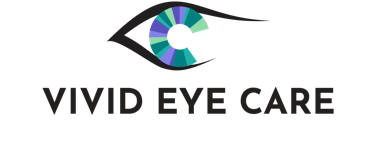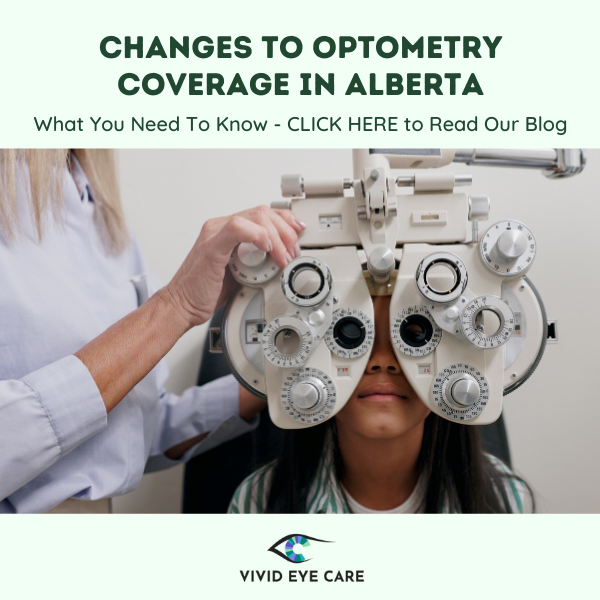If you have hyperopia, it means that distant objects – movie screens, road signs, classroom boards, etc. – can be seen normally, but nearby objects – such as a book or computer monitor – may be blurry and harder to see.
Hyperopia is a refractive error – a vision impairment caused by the shape of the eye – as opposed to an illness or disease. There are four refractive errors, the other three being myopia, astigmatism, and presbyopia.
AKA, Farsightedness!
Hyperopia is more commonly referred to as farsightedness.
What is a “Refractive Error”?
There are many causes of refractive errors, including the size and shape of your eye (as well as the curvature of the cornea/lens).
Understanding Refraction
To understand what a refractive error is and how it influences sight, we have to first understand how our eye sees:
- When light reaches our eye, it passes through the cornea
- The cornea refracts the light onto the surface of the retina
- In a normal refraction, this process results in clear vision!
What Causes Hyperopia?
There are three main causes of farsightedness:
- Your eye is too short relative to the focusing power of the lens. In this scenario, light comes to a focus behind the retina instead of on top of it.
- The curvature of your cornea is insufficient to properly refract light
- The lens is farther back in the eye than normal, changing the point of refraction
Symptoms
- Nearby objects are harder to see, appearing blurry and out of focus.
- Eye strain. Since we spend much of our time reading or engaging in close-up activity, people with hyperopia squint and strain to properly focus. This fatigues the eye focusing muscles, and can even cause neck and upper back pain.
- Squinting
Treatments to Correct Hyperopia
Modern vision correction is more effective at treating farsightedness than ever. There are two main ways to correct hyperopia: corrective lenses and laser refractive eye surgery.
Corrective Lenses
Worn in the form of spectacles (eyeglasses) or contact lenses, corrective lenses have been the staple in the eye care world for over 100 years (for eyeglasses, contact lenses first came to market in the mid-1960s).
Nearly 70% of Canadian adults wear eyeglasses or contact lenses to provide clear vision.
Laser Refractive Eye Surgery (AKA, LASIK)
A long-term and often permanent solution, this minimally invasive surgical procedure is performed tens of thousands of times per year across Canada. Compared to corrective lenses this surgery is a more involved and long-lasting process.
While refractive surgery is quite safe, there are risks of side effects and complications. Read more about laser eye surgery.





















